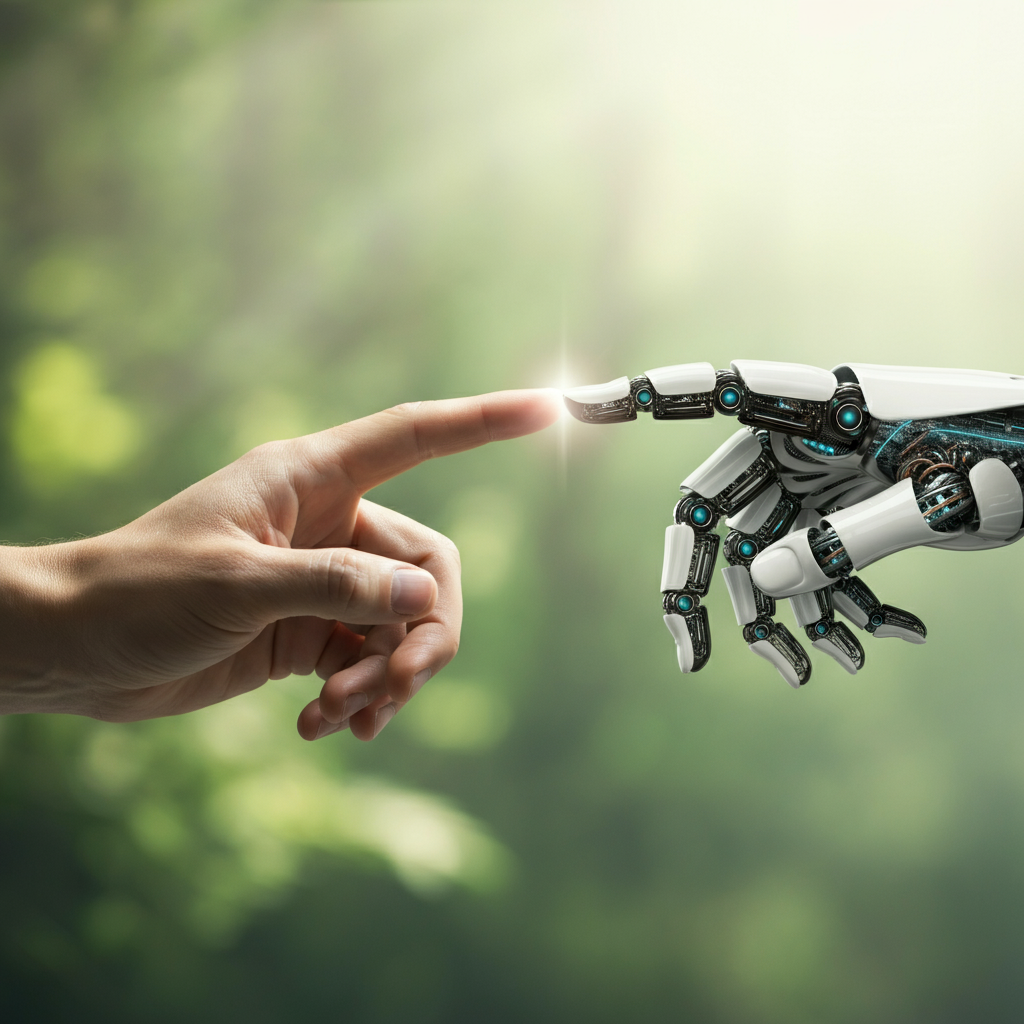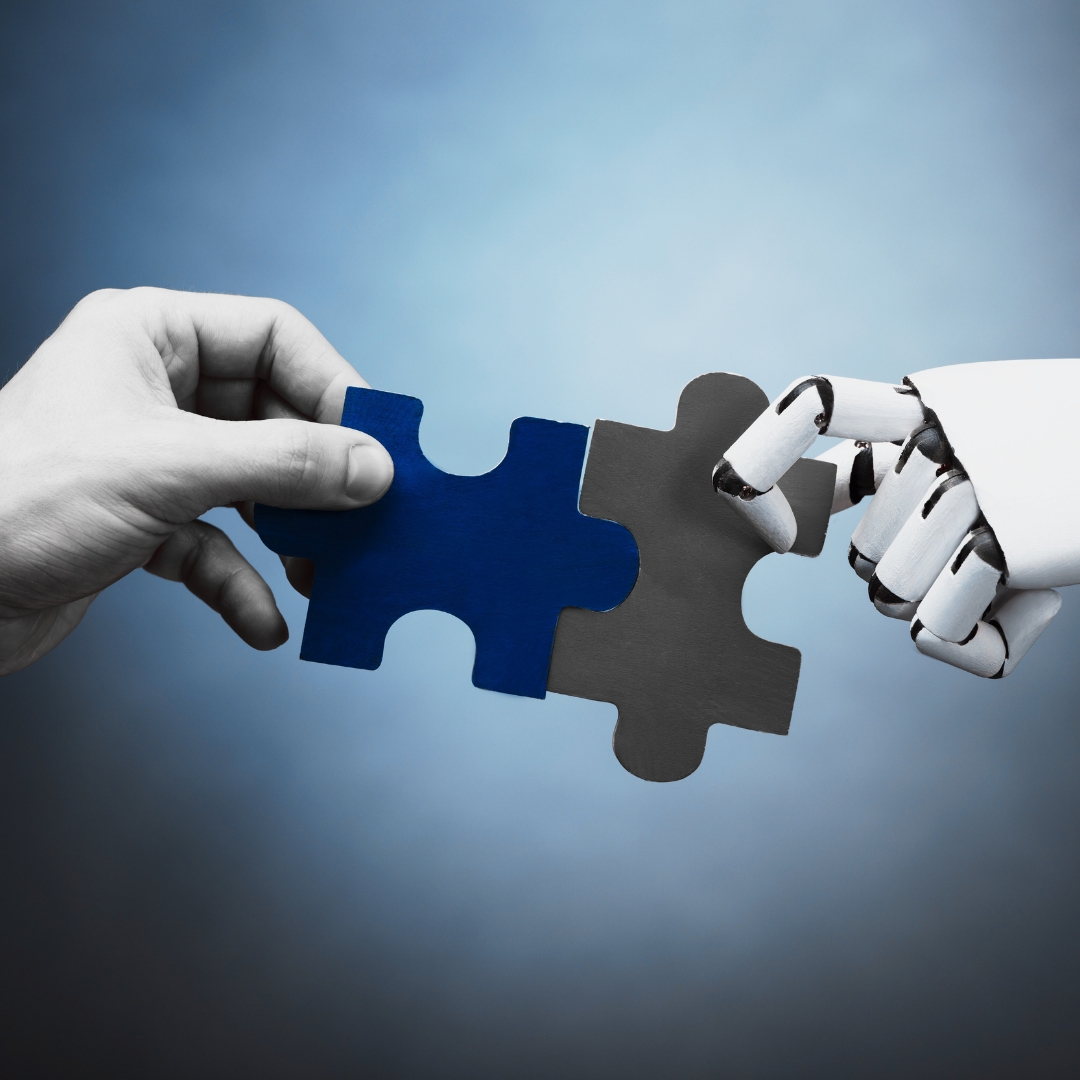
Business 2025: The Art of Balancing Digitalization & Human Connection
Introduction
As we move deeper into 2025, businesses face an increasingly complex challenge: harnessing the power of digitalization without losing the warmth of human connection. Technology has become indispensable, offering efficiency, precision, and scalability. However, customers and employees still value authenticity, empathy, and personalized experiences. To thrive in this evolving landscape, businesses must find a way to integrate cutting-edge tools with human-centric approaches, ensuring neither is sacrificed for the other.
The Role of Digitalization in Modern Business
Technology has revolutionized the way businesses operate. Tools such as artificial intelligence, automation, and big data analytics enable companies to streamline operations, enhance decision-making, and scale at unprecedented speeds. Processes that once required significant human effort can now be accomplished in minutes, freeing up resources for innovation.
Yet, this digital revolution comes with challenges. Over-reliance on technology risks making businesses feel cold and impersonal. Automated responses, for instance, might resolve issues quickly but can leave customers feeling unheard. Similarly, internal workflows driven solely by algorithms might alienate employees, diminishing morale and creativity. Striking the right balance is crucial.
Why Human Connection Still Matters in Business
No matter how advanced technology becomes, businesses are built on relationships. Genuine human interaction creates emotional bonds that no algorithm can replicate. Whether it’s a thoughtful response to a customer query or an inspiring conversation between colleagues, these connections drive trust and loyalty.
Moreover, empathy and creativity—uniquely human qualities—are essential in adapting to change and solving complex problems. While machines excel at processing data, they lack the nuance and understanding that only people can provide. Maintaining this human element ensures businesses remain relatable and trustworthy in a digital age.

Strategies for Achieving Balance
Key Approaches to Harmonize Technology and Human Touch
The Benefits of a Balanced Approach
Conclusion
The future of business lies in mastering the art of blending technology with humanity. Companies that embrace digital tools without losing sight of the human touch will not only meet the expectations of 2025 but redefine what it means to succeed in a hyper-connected, ever-changing world.
This structure can be directly pasted into Webflow's rich text editor. It’s formatted with headers, paragraphs, and bullet points for easy readability.